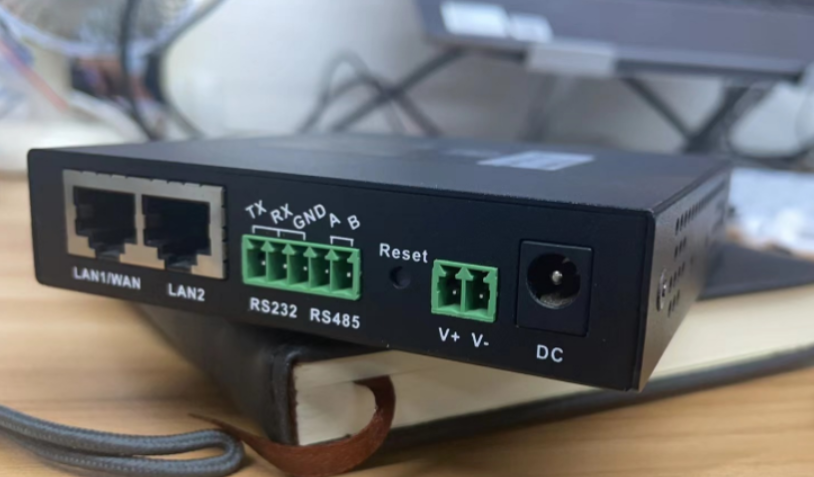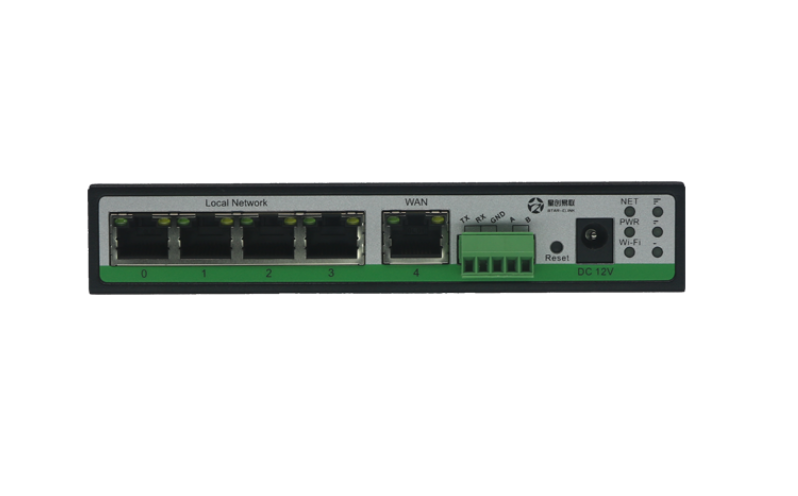
Optimizing network slice configurations for to meet diverse QoS requirements in large-scale Industrial IoT deployments is a complex and critical task. As a network engineer, I’m acutely aware of both the importance and the challenges of this work. In real-world deployments, we need to consider multiple factors and implement a range of strategies to achieve our goals.
First and foremost, we need to gain a deep understanding of the characteristics and requirements of different industrial applications. For instance, real-time control systems typically demand low latency and high reliability, while data acquisition systems might prioritize throughput. Based on these requirements, we can categorize applications and define appropriate QoS parameters for each category, such as bandwidth, latency, jitter, and packet loss rates.
When it comes to network slice configuration, we can leverage 4G network slicing technology to allocate dedicated network resources for different types of applications. This requires close collaboration with network operators to ensure proper configuration of network slices in both the core network and radio access network. For example, we might assign a slice with high priority and low latency characteristics to critical control systems, while allocating a slice with larger bandwidth but lower priority to non-critical data transfers.
At the router level, we need to make full use of the device’s QoS management capabilities. Taking the SR500 dual-port 4G router as an example, it supports bandwidth limitation and IP rate limiting. We can configure QoS policies for different IP addresses or ports based on predefined application categories. For instance, we might allocate higher priority and a larger bandwidth share to real-time control data, while setting lower priority and bandwidth limits for non-critical data.
Moreover, the SR500 supports various VPN protocols such as PPTP, L2TP, IPsec, and OpenVPN. We can use these VPN technologies to create isolated virtual networks for different types of applications, further segregating traffic and ensuring QoS. For example, we might establish a dedicated IPsec VPN tunnel for critical control systems to ensure both security and performance of data transmission.
In large-scale deployments, centralized network management is crucial. The SR500 supports SNMP and the STAR DEVICE MANAGER cloud platform, enabling efficient remote centralized network management. These tools allow us to monitor network performance in real-time, quickly identify and resolve potential issues, and ensure effective implementation of QoS policies.
To address network fluctuations and failures, we should fully utilize the SR500’s link backup and auto-recovery features. For instance, we can configure wired and wireless links as mutual backups, automatically switching to the backup link if the primary link fails, thus minimizing service interruptions. Additionally, leveraging the built-in watchdog function and online link monitoring capabilities can enable self-checking and self-recovery of device operations, further enhancing network reliability.
During actual deployment, we must also consider network security. The SR500 integrates security features such as SPI firewall, DoS attack protection, and ACL access control. We should configure appropriate security policies based on the security requirements of different applications, ensuring network security while maintaining QoS.
For some specialized industrial applications, we can take advantage of the SR500’s smart features, such as integrated DTU functionality and Modbus RTU to Modbus TCP bridging. These features can simplify the conversion process for certain industrial protocols, reducing additional equipment and potential delay points, thereby better meeting the QoS requirements of specific applications.
After deployment, ongoing monitoring and optimization are crucial. We should utilize the SR500’s logging and traffic statistics functions to regularly analyze network performance data and identify potential bottlenecks and issues. Based on these analyses, we can continuously adjust and optimize QoS policies to adapt to changing network environments and application requirements.
In conclusion, I want to emphasize that optimizing network slice configurations for 4G industrial routers in large-scale Industrial IoT deployments is an ongoing process. It requires close collaboration among network engineers, application developers, and operations personnel. We need to continuously learn and adapt to new technologies and best practices to ensure our networks can consistently meet the QoS requirements of various applications, supporting the ongoing development and innovation in Industrial IoT.
 KEY-IOT
KEY-IOT



